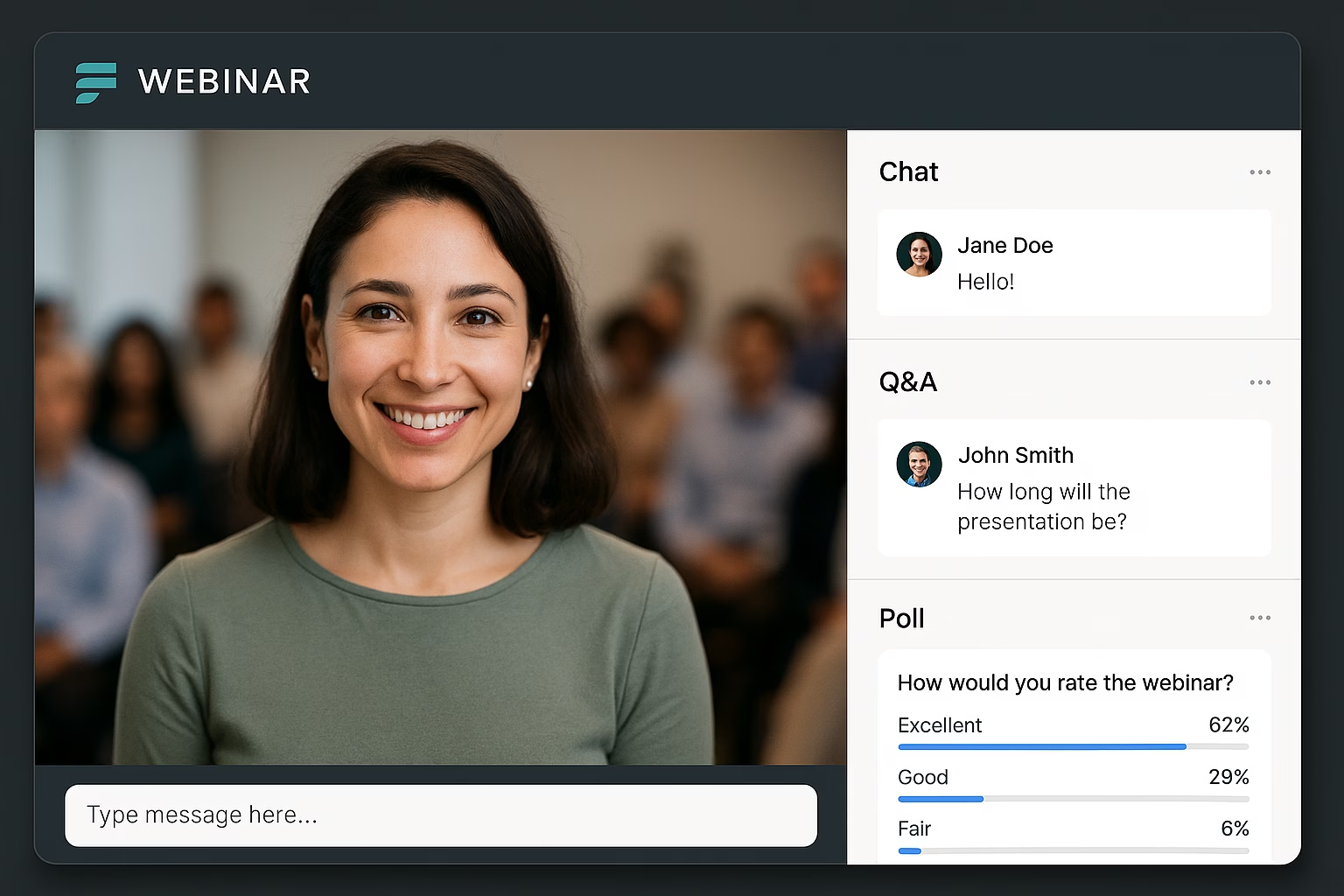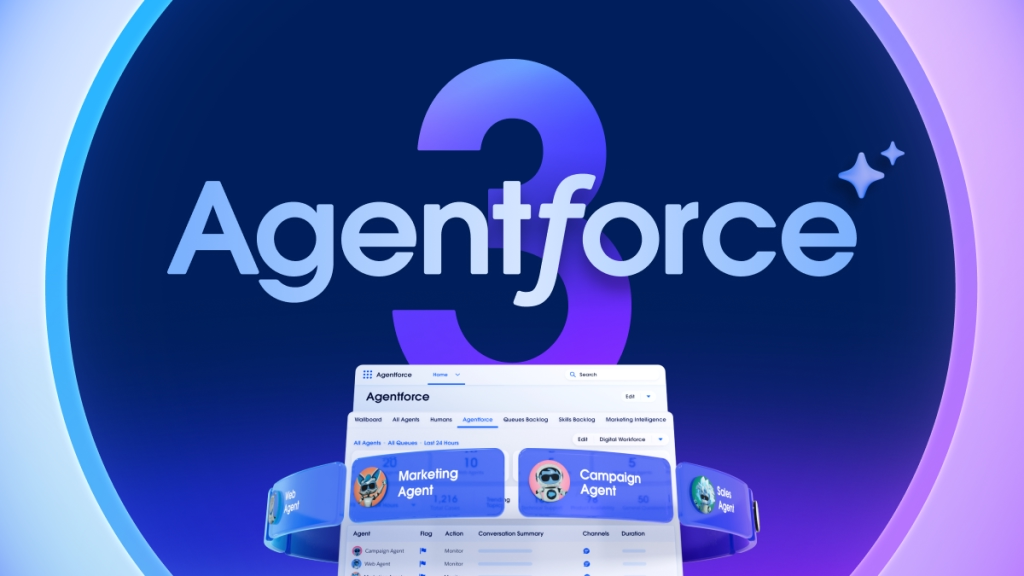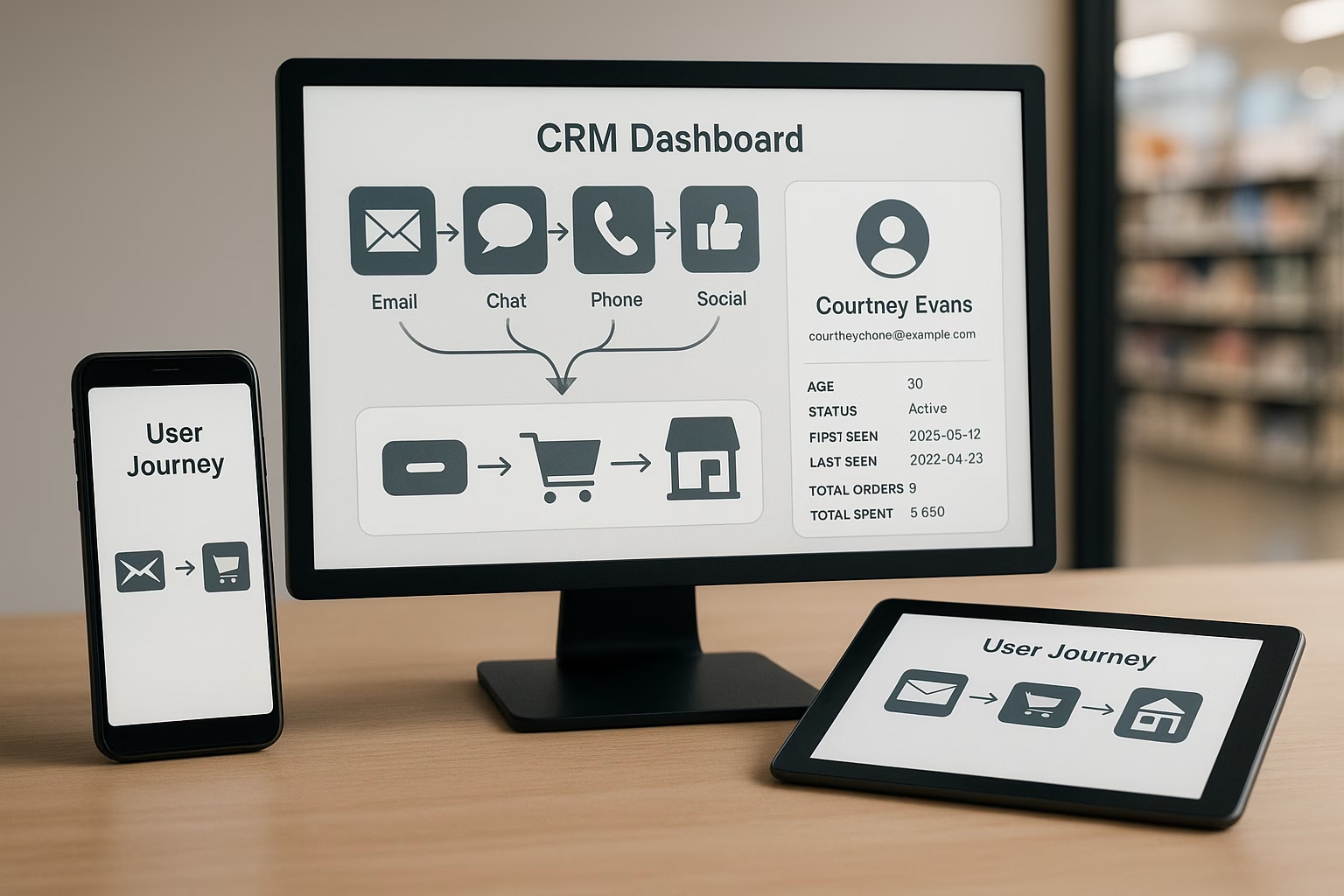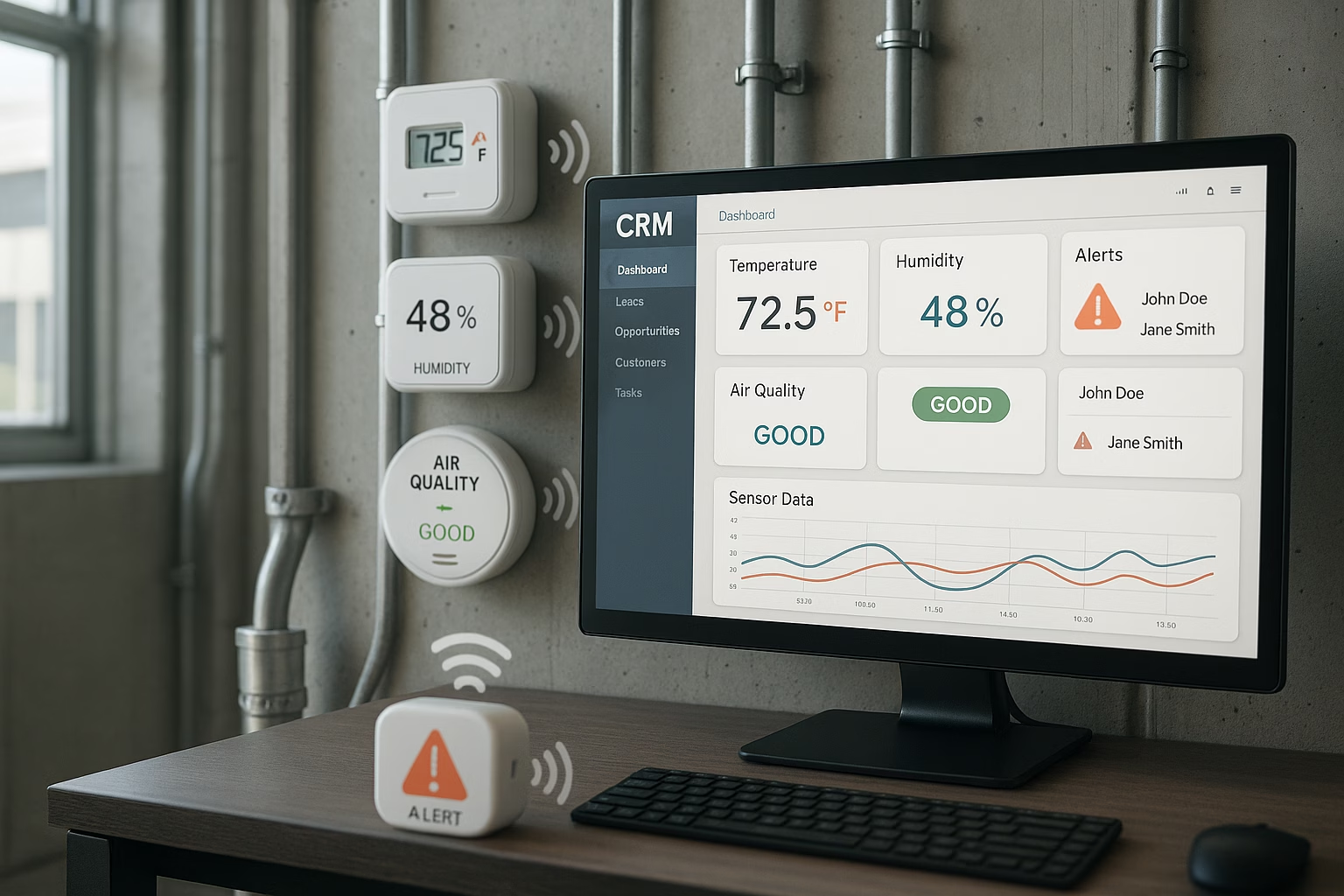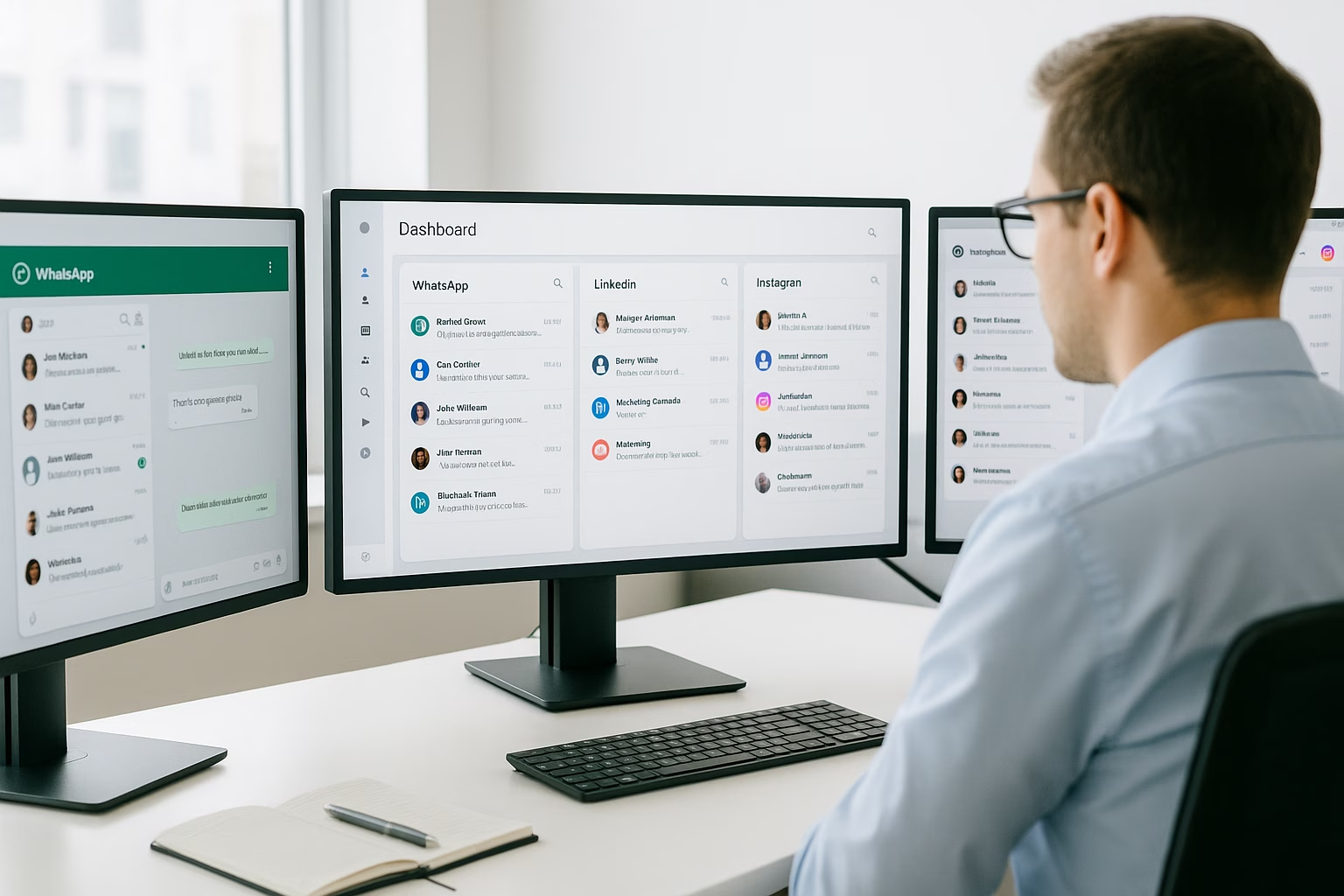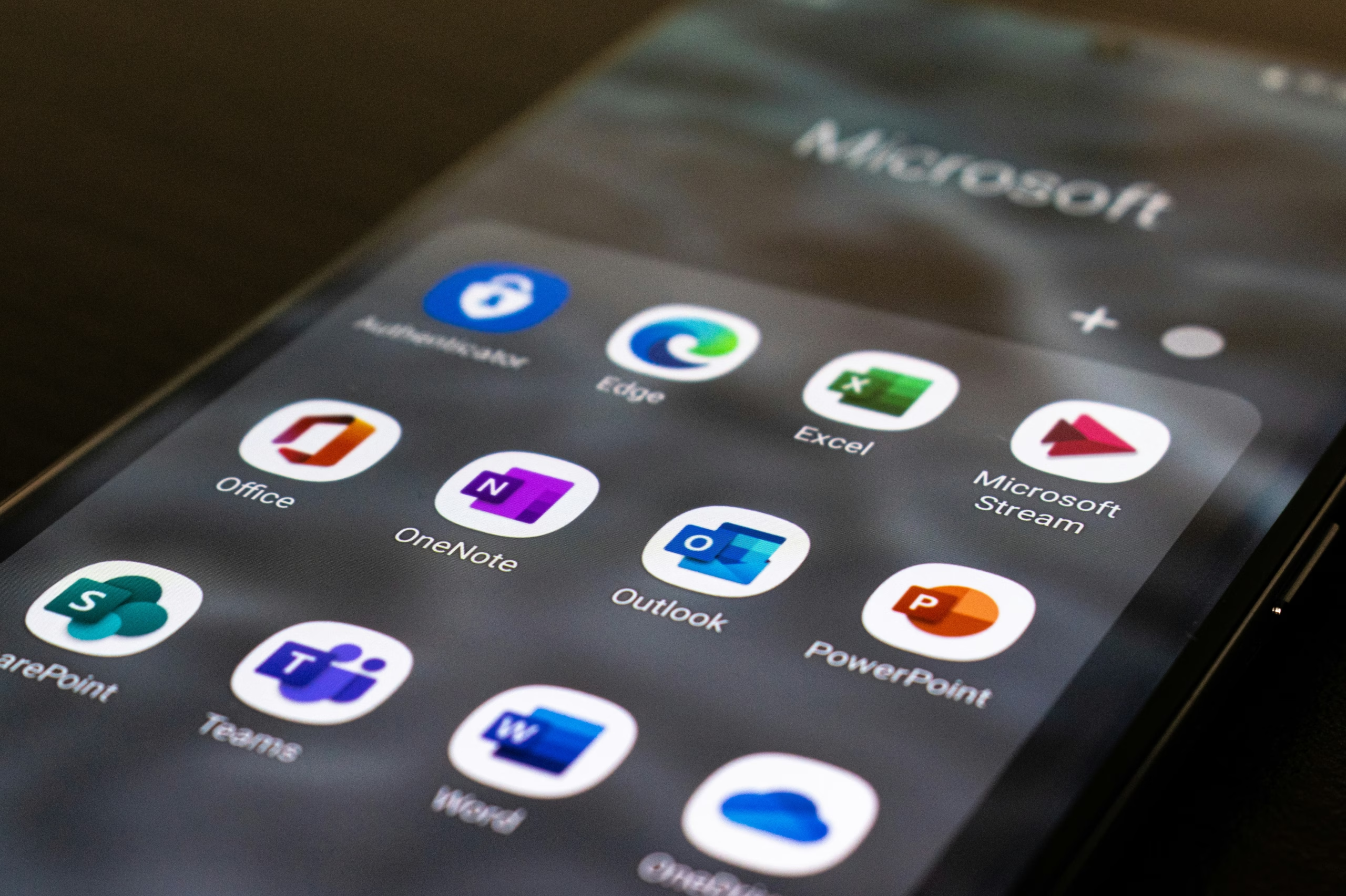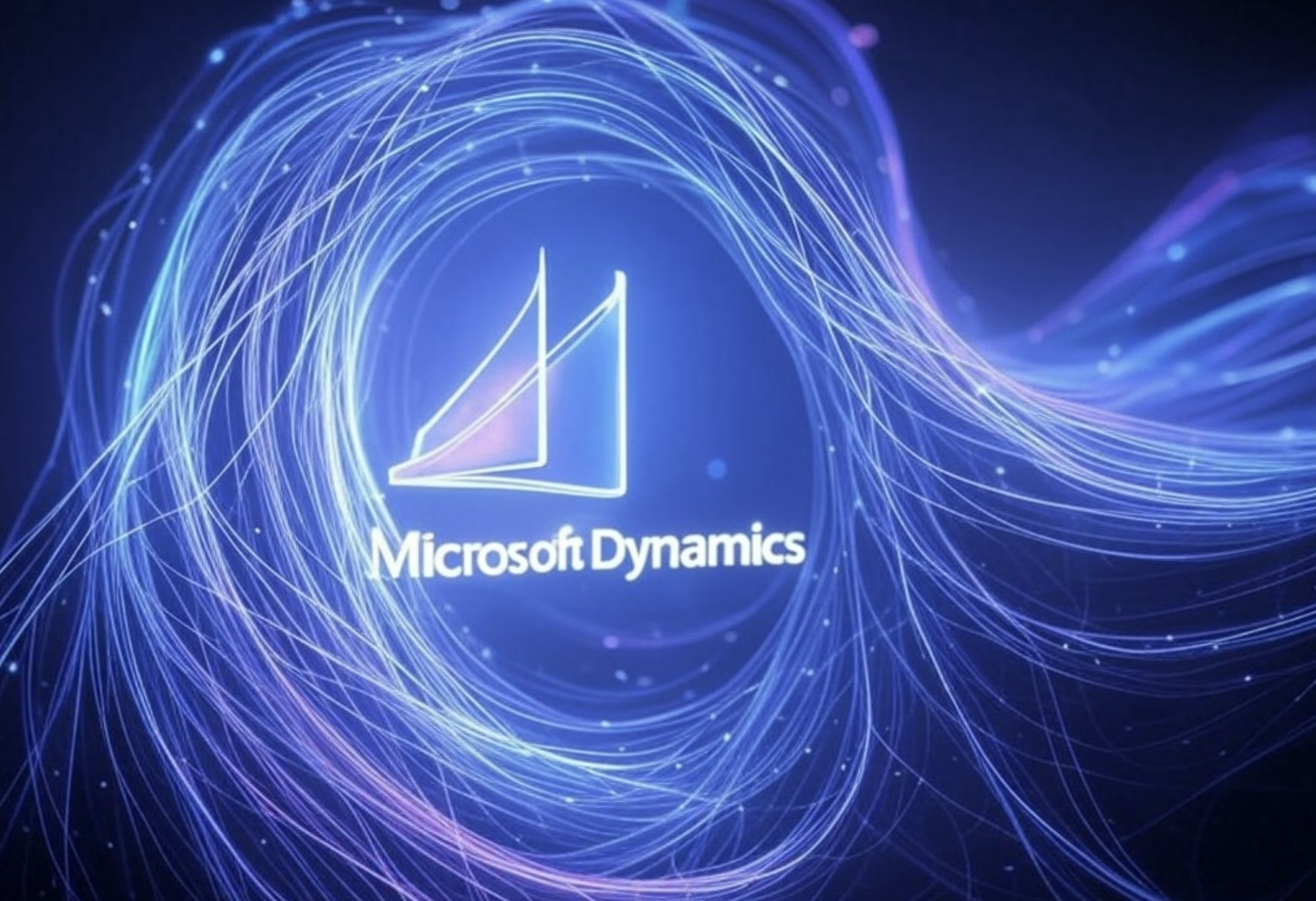Webinars aren’t new, but they’re still one of the most effective ways to generate high-quality B2B leads, especially when they’re built around real audience insight, a clear purpose, and strategic follow-up. If you’re looking for more than just passive registrants, the right approach can turn webinars into a consistent source of engaged, sales-ready leads. Let’s talk about how to get that right.
Know your audience, not just your topic
Before anything else, define who you’re speaking to. That means more than just picking a job title or industry. What problems are they actually trying to solve? What are they likely searching for or struggling with? Webinars that match real pain points and give useful, actionable insight attract not only more people, but the right people. This also makes promotion much easier. If your message connects, your audience does the heavy lifting—through shares, clicks, and even word of mouth.
Content that builds trust, not just attention
It’s easy to fall into the trap of building webinars around features or product demos too early. But if you’re speaking to an early-stage audience, they’re not ready for that yet. They’re still exploring problems and approaches. Save the product walkthroughs for later. Instead, start with the kind of insight that positions you as a problem-solver. This could be internal data no one else has, fresh takes on common challenges, or examples of what’s worked elsewhere. If someone leaves with one or two genuinely useful takeaways, you’ve done your job. And don’t default to slides and a script. Let speakers show their personality. Encourage questions and polls throughout, not just at the end, and assign a moderator to manage the chat so no questions get missed.
Promote like it’s a product launch
You could have the best content in the world, but if no one shows up, it’s wasted effort. Don’t rely on a few LinkedIn posts and an email or two. Plan a real promotion cycle that spans owned, earned, and paid channels. Use the networks of your speakers, partners, and sales team. Publish related blog posts. Set up paid social ads if you have the budget. The registration process should also be frictionless (no long forms, just the essentials). Timing matters too. For most B2B audiences, midweek mornings perform best, but test and see what works for your market.
Make live sessions count, but don’t drop the ball after the live event
Webinars aren’t just about content delivery. They’re a chance to have a real conversation. Use that. People who ask questions, answer polls or download resources during the session are showing intent (and giving you insight into what to follow up on). Encourage camera use from the speaker or panel. It makes the session feel more personal, especially at the start.
Most of the value comes after the event. Send follow-up emails with the recording, slides, and any extra materials, and make sure to reach out to people who registered but didn’t attend. Segment your leads by engagement level. Someone who asked a technical question probably needs a different follow-up than someone who just signed up and left after 10 minutes. Then repurpose. Turn clips into social posts, create a blog summary, or build a gated replay landing page to keep capturing leads long after the live session ends.
Choosing the right webinar platform
The technology you choose plays a big role in your webinar’s success, especially for interaction, branding, and lead scoring. Equally important is how well your webinar platform fits with your existing MarTech stack. Seamless integration with your CRM, marketing automation, and analytics tools ensures you capture and act on every lead without manual work or data loss.
GoToWebinar is a solid choice if you need something reliable and easy to use. It’s cost-effective and connects well with Salesforce Marketing Cloud Account Engagement (Pardot), covering essentials like registration, email reminders, and basic analytics. However, it may not offer the depth of customisation or detailed engagement data that more complex campaigns require.
ON24 suits organisations running larger webinars that demand advanced control over branding, engagement, and analytics. It provides rich insights into attendee behaviour and powerful features like downloadable resources, live Q&A, and surveys. Its Salesforce integration is among the strongest, making it ideal for teams investing heavily in webinar-driven lead generation. The downside is cost, as ON24’s pricing reflects its enterprise focus.
Zoom Webinars is widely used and easy to navigate, with steadily improving analytics and engagement tools. It offers a modern interface and built-in email automation, and generally integrates smoothly with CRMs, making it a practical option for many teams.
Microsoft Dynamics Teams Webinars are ideal for organisations embedded in the Microsoft ecosystem. These webinars integrate naturally with Microsoft 365 tools and Dynamics 365 CRM, simplifying user management, calendar invites, and data syncing. While Teams is better known for internal collaboration, its webinar capabilities have grown, offering solid interaction features and decent analytics, making it a convenient option for those already using Microsoft products.
Choosing a platform that fits your broader marketing and sales systems helps keep your data accurate and your workflows efficient, so your webinars contribute real value to your lead generation efforts.
Webinars done right deliver real leads
Webinars work best when they’re part of a wider lead generation strategy, not a one-off box to tick. Success comes from building content, format, platform, and follow-up around your buyers, understanding what they need and how they want to engage. If your team is thinking about adding webinars to the marketing mix, or you’re unsure which format or platform fits your goals, we can help. But running webinars just to “stay visible” or “get your name out there” won’t move the needle. When done well, webinars become one of the most scalable and measurable ways to build your sales pipeline. They reveal what your audience really cares about and position your team as a trusted source, cutting through the noise, not adding to it.
At Sirocco, we work vendor-agnostically to connect process, people, and technology, helping you design smarter campaigns, automate the workflows that matter, and get more from the platforms you already use. If you want webinars to do more than just happen, we’re ready to help you turn them into leads that convert.
Suggested LinkedIn caption:
Running webinars but struggling to convert registrants into real leads? It might not be the format—it might be the structure. This guide walks through how B2B marketers can create webinars that actually drive pipeline.
